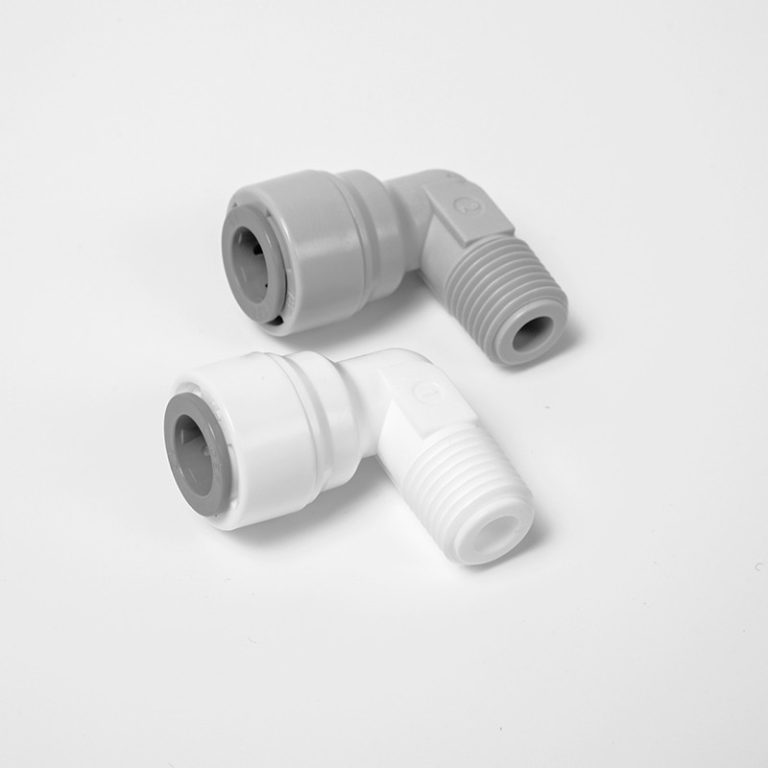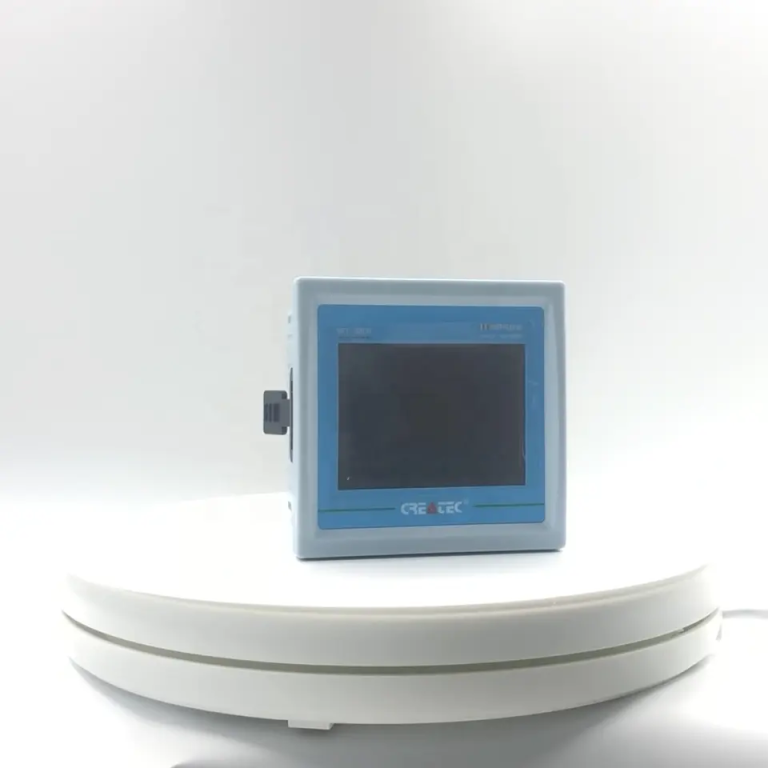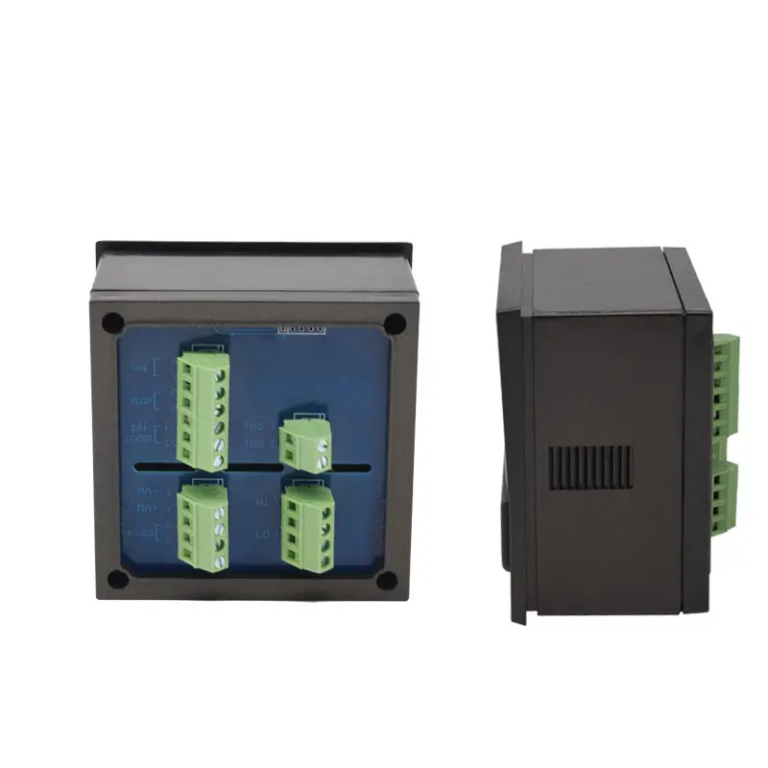“Ensuring purity, one drop at a time – Monitor water quality for a healthier tomorrow.”
Importance of Monitoring Water Quality
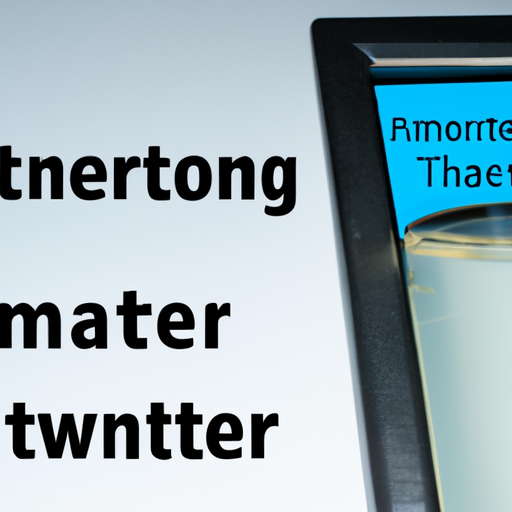
Water is an essential resource for all living organisms on Earth. It is crucial for our survival and the survival of countless other species. However, with the increasing pollution and degradation of water bodies, monitoring water quality has become more important than ever before. By monitoring water quality, we can assess the health of our water sources and take necessary actions to protect and preserve them.
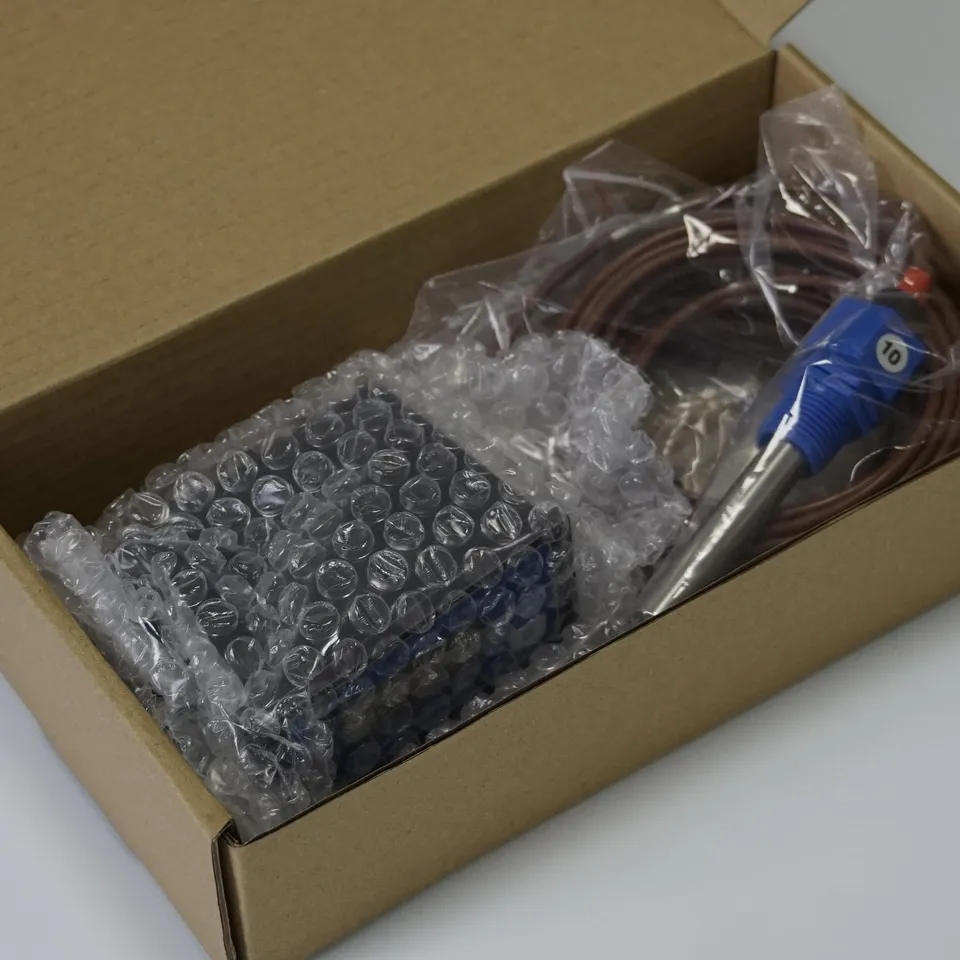
One of the primary reasons why monitoring water quality is important is to ensure the safety of our drinking water. Waterborne diseases are a significant public health concern, and contaminated drinking water can lead to severe illnesses and even death. By regularly monitoring the quality of our drinking water sources, we can identify any potential contaminants and take appropriate measures to treat the water before it reaches our taps.
Monitoring water quality is also crucial for the health of aquatic ecosystems. Water bodies are home to a diverse range of plants and animals, and any changes in water quality can have a profound impact on their survival. By monitoring parameters such as dissolved oxygen levels, pH, and nutrient concentrations, we can identify any imbalances or pollution in the water that may be harming aquatic life. This information can then be used to implement measures to restore and protect these ecosystems.
Furthermore, monitoring water quality is essential for the sustainability of agriculture. Agriculture is heavily reliant on water for irrigation, and the quality of this water directly affects crop growth and productivity. By monitoring water quality, farmers can ensure that the water they use for irrigation is free from harmful contaminants that could negatively impact their crops. This not only helps to safeguard food production but also reduces the need for excessive use of fertilizers and pesticides, which can further contribute to water pollution.
In addition to these reasons, monitoring water quality is crucial for the preservation of recreational water bodies. Many people enjoy activities such as swimming, boating, and fishing in lakes, rivers, and oceans. However, these activities can be dangerous if the water is contaminated. Regular monitoring of water quality can help identify any potential risks and allow authorities to take appropriate measures, such as issuing advisories or closing certain areas, to protect the public from harm.
Overall, monitoring water quality is of utmost importance for various reasons. It ensures the safety of our drinking water, protects aquatic ecosystems, supports sustainable agriculture, and preserves recreational water bodies. Without proper monitoring, we risk the health and well-being of both humans and the environment.
To effectively monitor water quality, a combination of field measurements and laboratory analysis is typically employed. Field measurements involve collecting samples directly from the water source and testing them on-site for various parameters. These parameters may include temperature, pH, turbidity, dissolved oxygen, and conductivity, among others. Field measurements provide immediate results and can help identify any immediate concerns or changes in water quality.
However, field measurements alone may not provide a comprehensive understanding of water quality. Laboratory analysis is often necessary to test for a wider range of parameters and to detect contaminants at lower concentrations. Samples collected in the field are sent to a laboratory where they undergo more detailed analysis, including tests for bacteria, heavy metals, pesticides, and other pollutants. Laboratory analysis provides more accurate and precise results, allowing for a more thorough assessment of water quality.
| ROS-8600 RO Program Control HMI Platform | ||
| Model | ROS-8600 Single Stage | ROS-8600 Double Stage |
| Measuring range | Source water0~2000uS/cm | Source water0~2000uS/cm |
| First level effluent 0~200uS/cm | First level effluent 0~200uS/cm | |
| secondary effluent 0~20uS/cm | secondary effluent 0~20uS/cm | |
| Pressure sensor(optional) | Membrane pre/post pressure | Primary/ secondary membrane front/rear pressure |
| ph sensor(optional) | —- | 0~14.00pH |
| Signal collection | 1.Raw water low pressure | 1.Raw water low pressure |
| 2.Primary booster pump inlet low pressure | 2.Primary booster pump inlet low pressure | |
| 3.Primary booster pump outlet high pressure | 3.Primary booster pump outlet high pressure | |
| 4.High liquid level of Level 1 tank | 4.High liquid level of Level 1 tank | |
| 5.Low liquid level of Level 1 tank | 5.Low liquid level of Level 1 tank | |
| 6.Preprocessing signal | 6.2nd booster pump outlet high pressure | |
| 7.Input standby ports x2 | 7.High liquid level of Level 2 tank | |
| 8.Low liquid level of Level 2 tank | ||
| 9.Preprocessing signal | ||
| 10.Input standby ports x2 | ||
| Output control | 1.Water inlet valve | 1.Water inlet valve |
| 2.Source water pump | 2.Source water pump | |
| 3.Primary booster pump | 3.Primary booster pump | |
| 4.Primary flush valve | 4.Primary flush valve | |
| 5.Primary dosing pump | 5.Primary dosing pump | |
| 6.Primary water over standard discharge valve | 6.Primary water over standard discharge valve | |
| 7.Alarm output node | 7.Secondary booster pump | |
| 8.Manual standby pump | 8.Secondary flush valve | |
| 9.Secondary dosing pump | 9.Secondary dosing pump | |
| Output standby port x2 | 10.Secondary water over standard discharge valve | |
| 11.Alarm output node | ||
| 12.Manual standby pump | ||
| Output standby port x2 | ||
| The main function | 1.Correction of electrode constant | 1.Correction of electrode constant |
| 2.Overrun alarm setting | 2.Overrun alarm setting | |
| 3.All working mode time can be set | 3.All working mode time can be set | |
| 4.High and low pressure flushing mode setting | 4.High and low pressure flushing mode setting | |
| 5.The low pressure pump is opened when preprocessing | 5.The low pressure pump is opened when preprocessing | |
| 6.Manual/automatic can be chosen when boot up | 6.Manual/automatic can be chosen when boot up | |
| 7.Manual debugging mode | 7.Manual debugging mode | |
| 8.Alarm if communication interruption | 8.Alarm if communication interruption | |
| 9. Urging payment settings | 9. Urging payment settings | |
| 10. Company name,website can be customized | 10. Company name,website can be customized | |
| Power supply | DC24V±10% | DC24V±10% |
| Expansion interface | 1.Reserved relay output | 1.Reserved relay output |
| 2.RS485 communication | 2.RS485 communication | |
| 3.Reserved IO port, analog module | 3.Reserved IO port, analog module | |
| 4.Mobile/computer/touch screen synchronous display | 4.Mobile/computer/touch screen synchronous display | |
| Relative humidity | ≦85% | ≤85% |
| Environment temperature | 0~50℃ | 0~50℃ |
| Touch screen size | 163x226x80mm (H x W x D) | 163x226x80mm (H x W x D) |
| Hole Size | 7 inch:215*152mm(wide*high) | 215*152mm(wide*high) |
| Controller size | 180*99(long*wide) | 180*99(long*wide) |
| Transmitter size | 92*125(long*wide) | 92*125(long*wide) |
| Installation method | Touch screen:panel embedded; Controller: plane fixed | Touch screen:panel embedded; Controller: plane fixed |
In conclusion, monitoring water quality is crucial for ensuring the safety of our drinking water, protecting aquatic ecosystems, supporting sustainable agriculture, and preserving recreational water bodies. By combining field measurements and laboratory analysis, we can obtain a comprehensive understanding of water quality and take necessary actions to address any concerns or issues. It is our responsibility to monitor and protect our water sources to ensure a sustainable and healthy future for all.

